A historic city with much to see, it is recommended you spend more than a single weekend here in order to do the city justice. Shabbat is observed closely, so it is advised you plan ahead to optimize your time and make sure tours you want to go on don't sell out.
Where to Stay
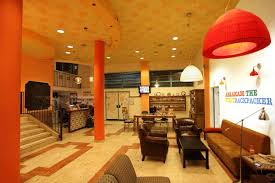
The best place to stay in Jerusalem by far is the Abraham Hostel. The rooms are spacious, and accomodate anywhere from 4 to 10 people, single or mixed gender. Each room has its own bathroom and shower. Each guest checking in gets a free drink at the bar, which is located on the first floor next to a cozy common area with hammocks, a tv, and a kitchen. There is a rooftop hangout that closes at midnight, as well as an outdoor garden. The fare is cheap. Book by Tuesday for the weekend or rooms will be full, especially in August.
The Old City
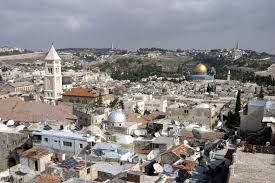
When you visit Jerusalem, you must visit the Old City. Easily accesible by bus or shuttle, the ancient town is beautiful. The Old City of Jerusalem is divided into four quarters: The Jewish Quarter, The Armenian Quarter, The Christian Quarter, and The Muslim Quarter.
Entering the City
Enter though the Jaffa Gate.
While there are security checkpoints around Israel, the ones to the Old City are taken seriously. Do not carry anything into the Old City that you would not carry into an airport, with the exception of a full water bottle.
Kotel
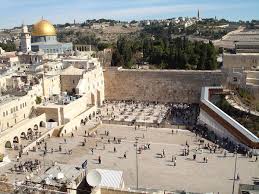
Read about the religious and historical significance of the wall
Visitors should note the enormous religious importance of the wall. Cover shoulders and knees, regardless of gender. Plunging necklines are not allowed. If you forget, there are attendants who will rush to give you a scarf to use for your time there. Be careful before taking pictures, as some days, you cannot use your phone-- look to see if others are taking pictures before you do. Genders walk in together, but if you would like to get close to the wall, men and women are separate. When leaving the wall, observant people will back up slowly, so the wall is always in view, and will only turn once they reach the end of the gender-separated area. Be respectful: no yelling, cursing, or running when by the Kotel.
It is free to visit the wall, but they also offer tours around the area. There is even a virtual reality tour of the wall, for a price.
Church of the Holy Sepulchre
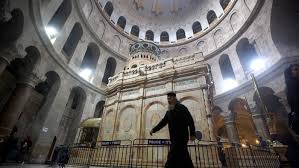
The tomb and crucifixtion site of Jesus of Nazareth, read more about the history of the Church of the Holy Sepulchre, located in the Christian Quarter.
When visiting, rules on modest dress are less strict. Unlike the Kotel, which is silent, the Church of the Holy Sepulchre is usually bustling with people and buzzing with their chatter. The Church is extensive, and there are more rooms to explore than first meets the eye. Pictures are permitted. You may walk through the tomb of Jesus of Nazareth if you wish, but be respectful of its religious significance. The line also tends to be long-- plan around this if you know you would like to walk through.
On Saturday at around 16:00, guards will begin to clear a space outside the church. Don't worry-- they are only clearing the way for the Greek Orthodox Catholics, who will march into the church, accompanied by a cacophony of bells. It's an interesting site to see, if you are in the area.
Dome of the Rock
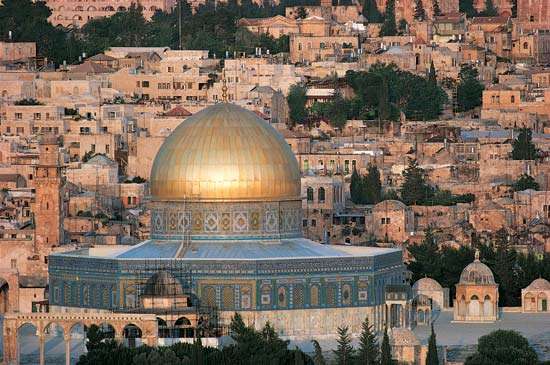
Containing the stone where the Prophet Muhammad ascended to Heaven. Read more about the history.
Non-Muslims may not enter the building, but they may look at the dome externally.
Shopping
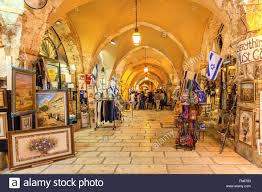
If you have not had a chance to haggle, the Old City is a great place to practice your skills. Primarily in the Jewish and Muslim quarters, there are many stalls selling everything from coin purses to chess sets to elephant pants to Bama gear, you can find nearly anything within the shops of the Old City, and all of the prices are negotiable.
When haggling, start low, but not too low that you insult the shop owner. Don't be afraid to walk away-- most of the shops sell identical items. This is a great place to find souvenirs for back home. Don't let the little kids fool you-- they know how to sell their wares, and they drive a hard bargain, knowing that their cuteness makes it more difficult for you to haggle with them.
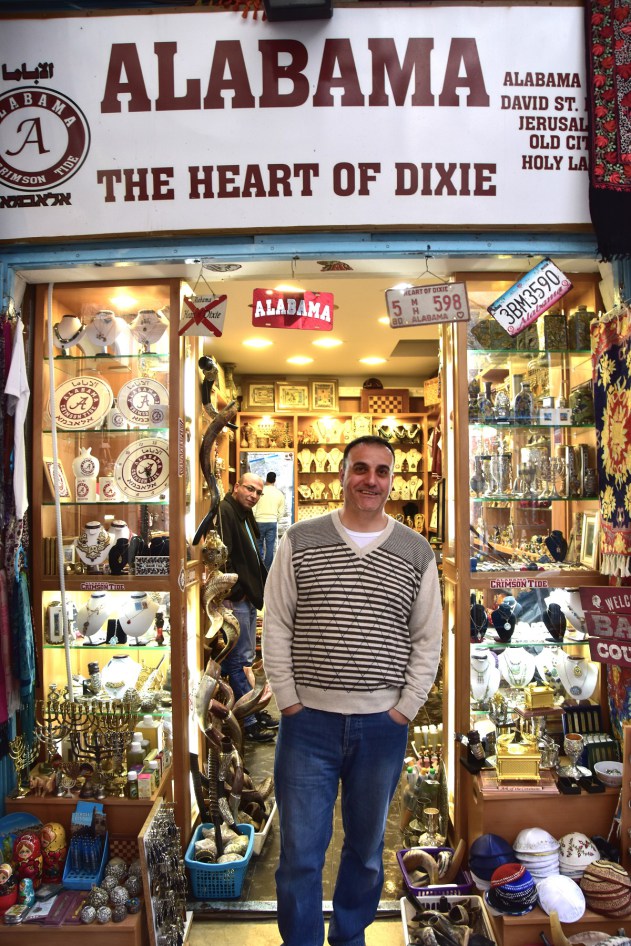
Missing the US and college football? The Heart of Dixie is the place to go! Located inside the Old City, this shop is owned by a Muslim Alabama alum and run by his family. If you ever have the urge to buy Jewish trinkets with Roll Tide engraved onto them, this is the shop for you.
In the Muslim quarter, there is another shop that sells any college shirt or pro football shirt you might want (except MIT) in Hebrew, great for gifting. The price is also reasonable. That shop owner supports Alabama, as well, although his reasoning is a bit more fair-weather: "They always win!"
Yad Vashem
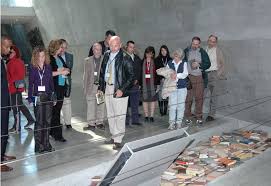
Yad Vashem is the World Holocaust Remembrance Center. Entrance to the museum is free. Plan to spend 3-4 hours here, and there is a cafeteria. Be sure to visit the Children's Memorial as well as the main exhibits.
The museum is well-planned and heartbreaking. A visit to Yad Vashem is a somber one, but well worth it.
Israel Museum

Open on Saturdays (and thus a great place to go during Shabbat), the Israel museum is a wonderful place to spend 2-5 hours. Some of the best exhibits include the scrolls and synagogues. The museum explores the history of Israel, from when the first people inhabited the area thousands of years ago to recent pop culture. It is less of a historical museum detailing international agreements and wars and much more of a discussion of Israel's culture. Admission price is reasonable, and you get a discount with a student ID. There is also an audio tour, but it isn't fantastic. Bags are not allowed inside the museum; there is a bag check by the entrance. The museum is not easy to navigate: all of the exhibits are connected, so you can wander around and get lost. However, the exhibits are beautiful, so at least you will be happy when lost.
Getshabbat.com
The entirety of the city closes on Shabbat, except for several Ethiopian restaurants and pizza places. You can cook Shabbat dinner at Abraham hostel with your fellow travellers for a fee, but you can also head to getshabbat.com
To sign up, you fill out a form about your Jewish background and preferences. If you aren't religious, don't worry-- you won't be matched with an Orthodox family, and whoever you are matched with will understand your religious background, or lack thereof. You will be notified of your match by Thursday, usually, and then you are invited to attend a traditional Shabbat dinner with a local family for free. Attend dressed nicely and modestly, and know that you should try to avoid using your phone on Shabbat, especially in the house of the host family.
Mahane Yehuda Shuk
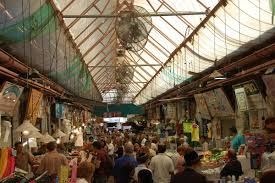
The shuk in Jerusalem is the most fun place to visit on Thursday nights. Speckled with bars and restaurants, you can also find stalls selling vegetables, spices, and many with baklava and turkish delight. The shuk is crowded, but lots of fun. Jachnun Bar, located on one of the cross streets by the Cornerie bar, offers one of the best sandwiches you will eat in Israel. It is kosher and vegetarian.
The Aqueducts
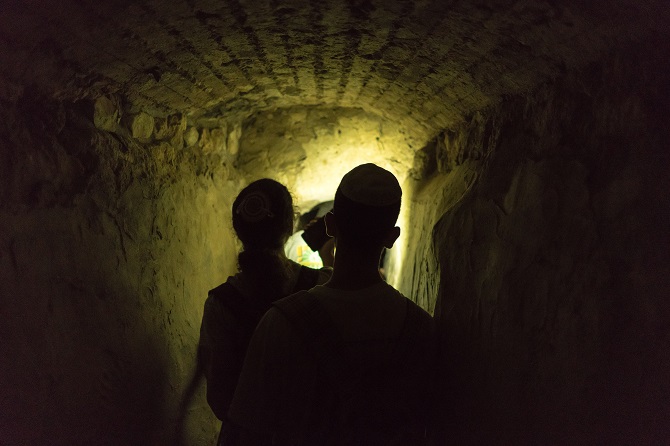
There are Roman Aquedcuct systems across Israel. In Jerusalem, one of the most entertaining is located in the City of David, and called the Hasmoneon Aqueducts. For a nominal fee, students can walk through the aqueducts. There is also a tour, but the English tour runs infrequently and isn't worth the cost.
The tunnels are small. If you are claustrophobic or particularly tall, these tunnels are not recommended. The Hasmoneon Aqueducts have two main tunnels: one with water and one without. The tunnels are about two feet wide and four to twelve feet high, depending on the spot in the tunnels. The wet tunnel has water 70 cm high at the entrance and exit of the tunnel, or about mid to upper thigh. Shorts are recommended. However, for the most part, the water is six inches to a foot deep. There is no light inside the aqueducts, and you can experience true darkness. Thus, you will need a flashlight. If you don't want to risk dropping your phone, you can purchase a waterproof flashlight when you buy tickets.

